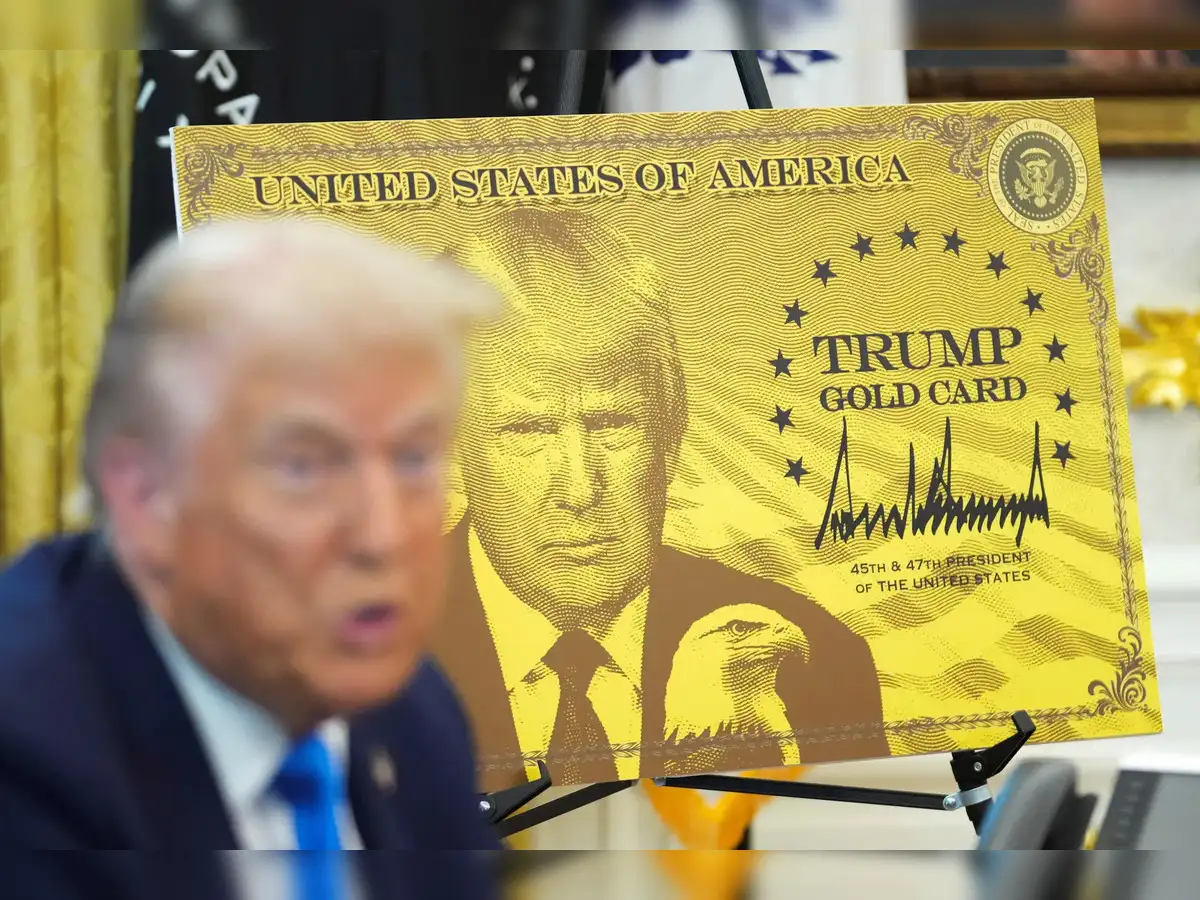





Copyright infringement not intended
Picture Courtesy: https://www.thehindu.com/news/national/india-brazil-strategic-partnership-deepened-and-diversified-over-years-jaishankar/article68574409.ece
The Indian External Affairs Minister meets the Brazilian Foreign Minister in New Delhi on August 28, 2024.
|
●Brazil is the largest country in South America, and the fifth-largest country in the world. ●It shares borders with every South American nation except Ecuador and Chile. ●The Guiana Highlands and the Serra do Mar Mountains are notable features. ●The Amazon River Basin covers much of northern Brazil. ●The Iguaçu Falls on the Paraná River are a significant tourist attraction. ●The toco toucan, native to Brazil, is an iconic species of the Brazilian savannas. |
 |
|
Economic Relations |
●In 2022, the bilateral trade expanded to US$15.2 billion (India’s exports- US$8.8 billion & Imports– US$6.4 billion). ●India's Exports: Processed petroleum products, agrochemicals, chemicals, pharmaceuticals, engineering products, and textiles. ●India's Import: Crude oil, soya oil, gold, sugar, cotton, and iron ore. ●Investment Flows: India's investments in Brazil exceed US$6 billion, while Brazil's investments in India are around US$1 billion. ●India and Brazil have established a Trade Monitoring Mechanism to:
●India signed a Preferential Trade Agreement (PTA) with MERCOSUR in 2004.
●India’s growing market offers Brazilian companies a chance to expand their reach in Asia, while Brazil's vast natural resources can benefit Indian industries. |
|
Multilateral Engagement |
●BRICS and G20: Both India and Brazil are influential members of BRICS (Brazil, Russia, India, China, South Africa) and G20.
●IBSA: The IBSA initiative, which includes India, Brazil, and South Africa, focuses on South-South cooperation.
|
|
Strategic and Security Cooperation |
●Defence and Security: The two countries collaborate on defence technology and security measures. This includes joint military exercises and sharing expertise in areas like cyber security.
●Space Technology: India and Brazil work together on space missions and satellite technology. They share knowledge and resources to enhance their space capabilities.
●Technology and Innovation: Both nations collaborate on technological innovations and research, particularly in sectors like digital governance and bioenergy.
|

Expanding Trade and Economic Ties
Collaborating in Technology and Innovation
Strengthening Diplomatic and Strategic Cooperation
Enhancing Cultural and Educational Exchanges
Source:
|
PRACTICE QUESTION Q. Critically examine the major problems that exist between India and Brazil, with respect to their trade-relations. What effect are these challenges having on their economic cooperation and how each country is adjusting its strategies to overcome these hurdles? |







© 2025 iasgyan. All right reserved